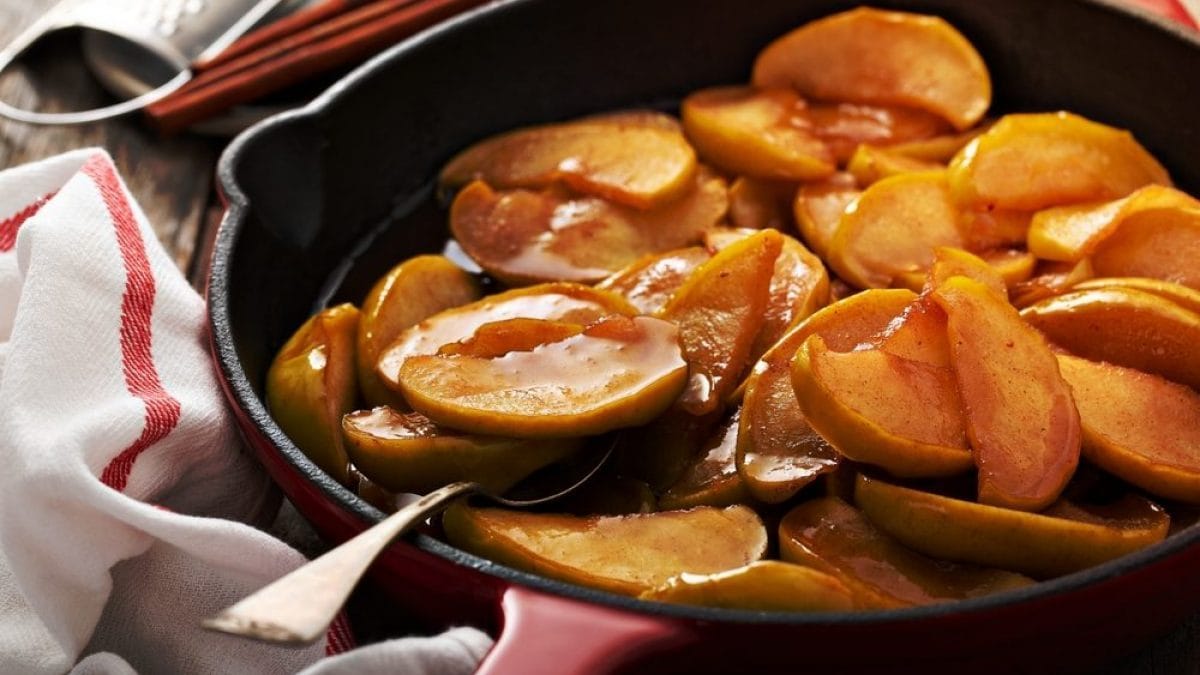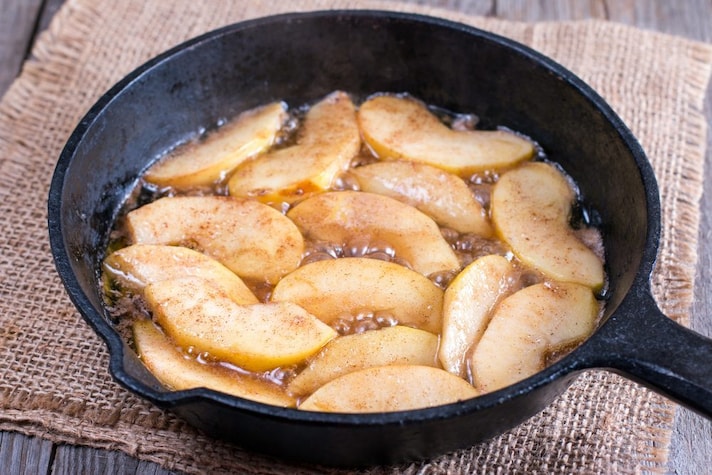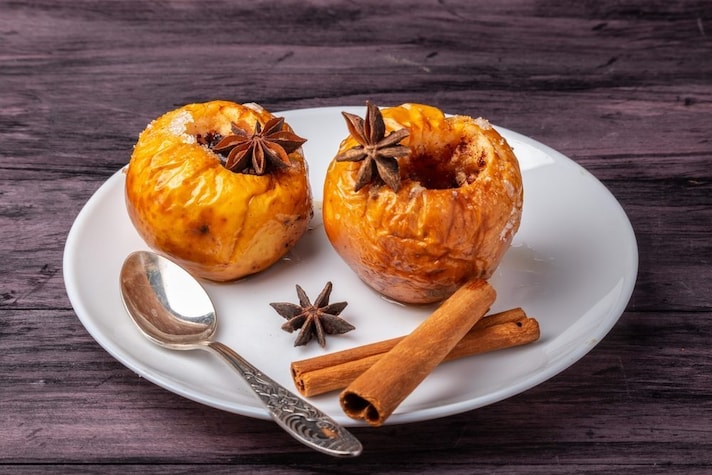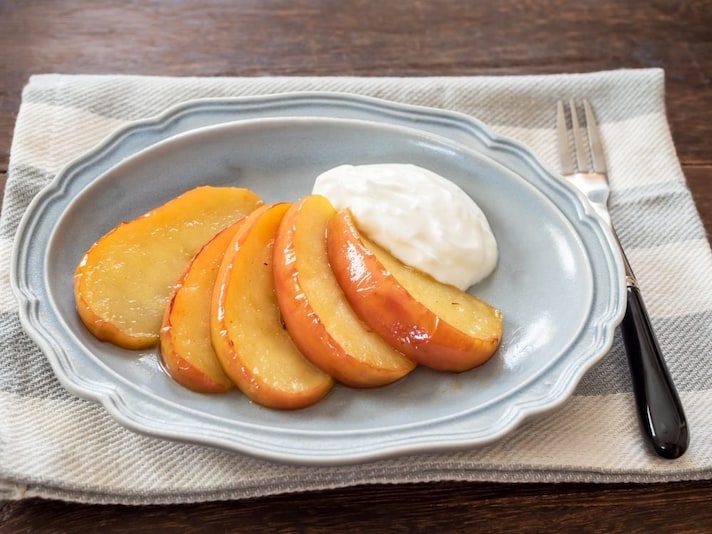
When we think of desserts, we immediately think of magnificent layered cakes, glistening desserts, and elegant and luscious single-serving desserts. Often, however, the desserts we're most fond of are homemade ones: the ones our mothers, fathers, or grandmothers used to make, and which forever tie us to our childhood memories, just like snacks. Among the many wholesome and inviting homemade desserts, baked apple is one of the most popular: whether you call it that or applesauce, you've probably tasted it at least once as a child. Today, we'll tell you about its benefits and potential drawbacks, and how to prepare them using the best varieties.
What Are The Most Suitable Apple Varieties for Baking?
The apple par excellence for cooking is the Campanina apple, a variety native to the Modena and Mantua regions, also known as "cooked apple" due to its ability to maintain its consistency even after being cooked on the stove. In general, to prepare perfectly cooked apples, they should be not too large, sweet, and ripe, but with a fairly firm consistency: the most common golden apples are fine. Other essential ingredients are cinnamon and sugar, but you can also experiment with lemon juice, or consider adding dried fruit like raisins. Once you have prepared the ingredients, you can decide to cook the cooked apples:
1. On The Stove

You can cook apples on the stove if you want to save time: they'll take about ten minutes to cook, depending on the size of the slices, but the flavor will be more delicate than if you bake them in the oven. To do this: peel the apple, remove the core, and cut it into wedges. Place it in a pan with a small knob of butter and add some sugar; add cinnamon and a splash of lemon juice, if desired. Then add a couple of inches of water and cook over medium-low heat.
2. In The Oven

If you want to bake apples, you can leave the peel on, as long as they're organic or untreated with pesticides and fertilizers. To prepare them, you need to remove the core while keeping the fruit intact: you can do this carefully with a sharp knife or with a special apple corer. Place the whole apples on a nonstick baking sheet and season them with brown sugar, cinnamon, lemon juice, and a splash of water. Bake the apples for about 30 minutes at 392°F/200°C in a conventional oven, or until they're soft. You can also bake the apples in slices, but the flavor will be less intense.
Benefits and Contraindications of Baked Apples
Apples have many benefits, it's well known; there's a saying, "An apple a day keeps the doctor away." But what about cooked apples? Cooking apples not only makes them much tastier, they also become easier to digest: cooking, in short, benefits those who suffer from sluggish bowels, helping to reduce inflammation. It's an ideal dish for regaining strength when you're feeling weak, or for delicate stomachs like those of the elderly and children.

On the other hand, cooked apples have a higher sugar concentration, due both to the evaporation of water and the addition of sugar during cooking, so it's best not to overdo it. You can consume cooked apples in moderation, perhaps for breakfast, along with a dose of healthy fats and protein.
;Resize,width=767;)
